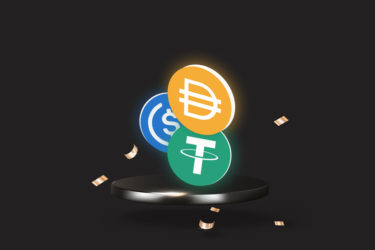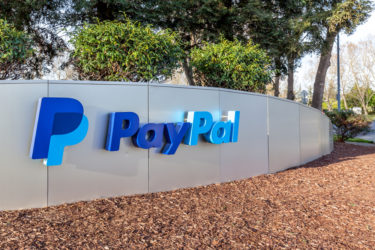Stablecoins, CBDCs (an acronym for Central Bank Digital Currency, or digital currencies that Central Banks around the world is studying), and the way these innovations talk to crypto-assets were the theme of the debate that closed the fourth day of CryptoWeek. This event took place between April 26 and 30.
“Stablecoins and CBDCs have nothing to do with bitcoin, and one thing does not invalidate the other”, said Transfero Swiss CEO Thiago César when asked about the possibility of the new formats posing a threat to bitcoin. “In my view, these are completely different things. Bitcoin is a 100% private network that does not require entry authorization and has no political or monetary agenda. It’s a protocol, unlike CBDCs and stablecoins”, he said.
According to him, CBDCs are mirrors of national currencies in the digital environment, without economic paradigm shifts, as in cryptos that run on a blockchain.
“Stablecoins end up being a gateway to the crypto universe. It’s only natural that after people learn to trade with stablecoins, it gets simpler to migrate to bitcoin or disentangle from monetary policies”, said the author of “The STO Financial Revolution”, and blockchain professor at UCLA, Alex Nascimento.
What are the benefits of using a stablecoin?
For Thiago, from Transfero, there are two categories of stablecoins. “Some do not solve problems inherent to the currency, such as lack of liquidity. It is the case of tether (USDT), backed by the dollar, a currency that does not have any liquidity issues. But stablecoin offers solutions to improve usability and efficiency, facilitate and reduce the cost of international transactions”, he said.
The other category of stablecoins, according to Thiago, are those created by emerging countries. “This is the case of BRZ, which brings foundation gains to the currency. The Brazilian real is not integrated into the international system. So BRZ provides operational efficiency and solves foreign exchange problems”, he added.
Facebook Currency
The panelists also discussed the proposal of Libra establishment by Facebook. “The initiative to have a global payment medium is amazing, but in the real world, it will not be possible to challenge governments”, commented the CEO of Transfero.
Facebook, by the way, has gone back on its project and is expected to announce, later this year, the Diem currency, pegged to the US dollar and created in partnership with the Diem Association, a Swiss-based non-profit organization.
“It is important that we discuss what is a currency and what is a means of payment”, said master economist and InfoMoney columnist Gustavo Cunha. “Stablecoin has shown to be interesting as a means of payment”.
Backing of stablecoins in discussion at CryptoWeek
In theory, stablecoins are backed – either in assets such as gold or oil or in strong fiat currencies, such as the dollar (tether case). But, what guarantees parity and the fact that the value in fiat currency really exists?
“Many investors, when placing their money in brokerage houses, have this confidence. But financial backing of fiat currency has not existed for a long time since the 1970s, although nobody asks for an audit. Why, then, do people worry about backing ?”, Thiago questioned.
He recalled that, according to the Central Bank, by 2022, Brazil should have the digital Real tested and implemented. “Will this model be safe? What if, for example, CBDC expires after a while?”, leaving the open-ended question for the CryptoWeek audience.







